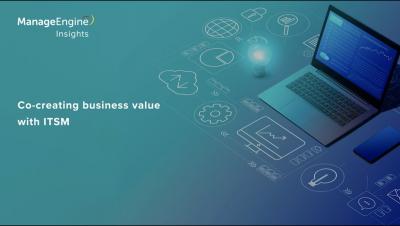Beyond Theory: Five Real-World Applications of ITIL Processes
ITIL processes have been used for decades to streamline IT service management in organizations across the world. The processes ensure the highest quality of IT services and customer satisfaction without overstraining the resources or budget. Even then, reading about ITIL processes can be a bit daunting; the processes appear too complicated and difficult to implement. But the fact is, ITIL is a set of guidelines, not a set of rules or standards.











